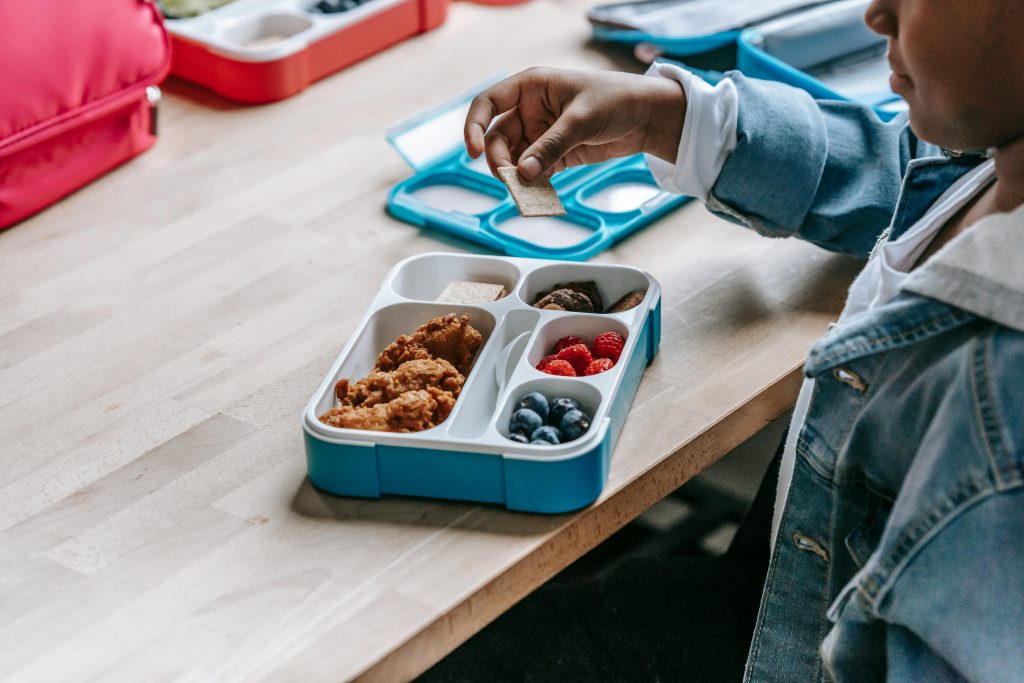All fields are required
Posted in Food Safety,Our Blog on August 28, 2024

As kids get into the routine of going back to school its highly important to take a look at some back to school food safety tips as we can all become quite disconnected over summer break. While it is amazing to take a break from the day to day routines of packing lunches and sending the kids off to school, getting back into these routines is so important especially when it comes to the safety of what kids eat.
Preparing to pack the lunch is just as important as the actual meal in most cases. The USDA published an article last year that talked about the dos and don’ts of school food safety and some of the facts were astounding. Did you know that only 44% of participants began a lunch packing regimen by washing their hands? The article states that only 3% washed their hands properly including rubbing their hands together for 20 seconds. So how do you properly wash your hands before packing a lunch for your child? Here are some steps:
Follow these steps to earn an A+ in handwashing:
Next please be sure to keep food items separated (including prep items)
The kitchen can become a playground for bacteria when food is mishandled during preparation. To avoid cross-contamination, separate raw foods from those that are ready to eat during preparation. Don’t use the same cutting board for raw foods and ready-to-eat foods like fruits and vegetables. Having multiple cutting boards can help, but if you are only using one, make sure that you wash it in hot soapy water, sanitize, rinse, and air or pat dry with a clean paper towel between uses.
When cooking foods for a school lunch you have to make sure that all meats are cooked to proper internal temperature, but you also have to keep them cool at appropriate temperatures when making foods in bulk.
Cooking enough meat and poultry to use later in school lunches is a great time saver. But never rely on the color or texture of your meat and poultry to know if it is safe to consume. The only safe way to tell if it has been cooked to a safe minimum internal temperature is by using a food thermometer. Let the thermometer do all the hard work to help you pass the “Is it done yet?” test.
You’ll pass the final food safety exam by never leaving food out of refrigeration for over two hours. Leaving food out too long at room temperature can cause bacteria to grow to dangerous levels that can cause illness. Bacteria grow most rapidly in the range of temperatures between 40 F and 140 F, doubling in number in as little as 20 minutes. This range of temperatures is often called the “Danger Zone.” If you will be cooking more than you will pack, make sure you store your leftovers safely in sealed containers or airtight packaging. To do this, cut food into smaller pieces or divide large amounts of food into shallow containers to allow food to cool rapidly. Leftovers can be kept in the refrigerator for 3 to 4 days or can remain safe indefinitely when frozen.
When packing the school lunch, ditch the brown paper bag. Always pack school lunches in insulated lunch boxes or insulated containers to keep perishable foods safe until lunchtime.
Non-perishable foods are also a great option when it comes to food safety. Items that do not require refrigeration will be safe past lunchtime and are the perfect addition to school lunch boxes.
Here at Make Food Safe we hope you all have an awesome school year. Please be sure to follow the blog daily for updates on food safety and recalls.